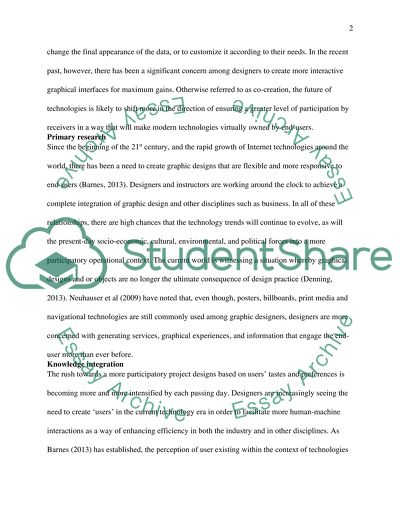Cite this document
(“What is the significance of 'participatory culture' to contemporary Essay”, n.d.)
What is the significance of 'participatory culture' to contemporary Essay. Retrieved from https://studentshare.org/visual-arts-film-studies/1636074-what-is-the-significance-of-participatory-culture-to-contemporary-graphic-design-practice
What is the significance of 'participatory culture' to contemporary Essay. Retrieved from https://studentshare.org/visual-arts-film-studies/1636074-what-is-the-significance-of-participatory-culture-to-contemporary-graphic-design-practice
(What Is the Significance of 'participatory culture' To Contemporary Essay)
What Is the Significance of 'participatory culture' To Contemporary Essay. https://studentshare.org/visual-arts-film-studies/1636074-what-is-the-significance-of-participatory-culture-to-contemporary-graphic-design-practice.
What Is the Significance of 'participatory culture' To Contemporary Essay. https://studentshare.org/visual-arts-film-studies/1636074-what-is-the-significance-of-participatory-culture-to-contemporary-graphic-design-practice.
“What Is the Significance of 'participatory culture' To Contemporary Essay”, n.d. https://studentshare.org/visual-arts-film-studies/1636074-what-is-the-significance-of-participatory-culture-to-contemporary-graphic-design-practice.


